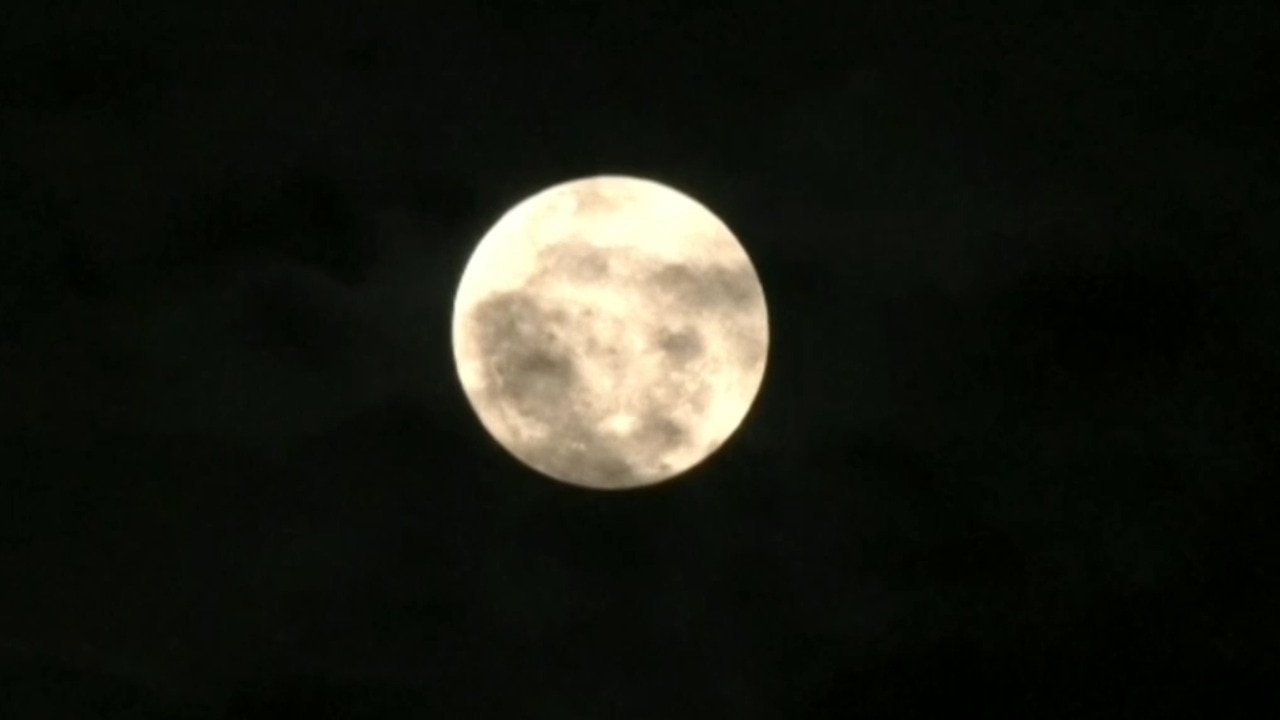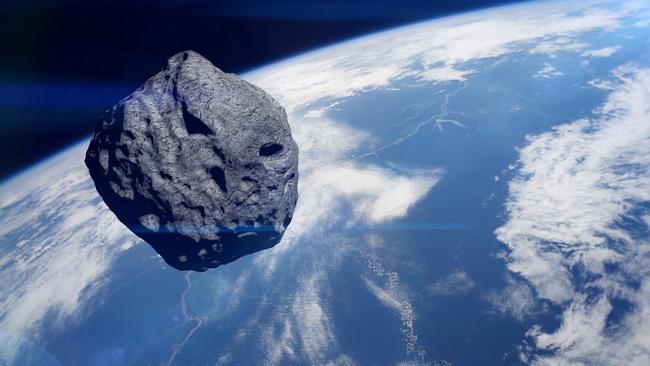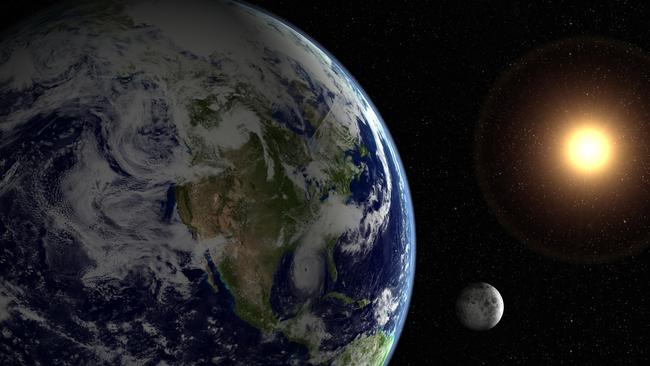Planet Earth is getting a new moon this week
Our blue moon will no longer be standing alone. A second moon will begin orbiting the Earth next week - and you might be able to see it.

Space
Don't miss out on the headlines from Space. Followed categories will be added to My News.
Jupiter, eat your heart out — Earth will be getting a second moon in the form of Asteroid 2024 PT5, which will start orbiting our planet later this month.
The space rock’s celestial sojourn was detailed recently in a study published in the non-peer-reviewed journal AAS Research Notes.
“This particular object will undergo this process (becoming a lunar entity) starting next week,” lead author Carlos de la Fuente Marcos of the Complutense University of Madrid told Space.com
The bus-sized asteroid, which was discovered on August 7 by the NASA-funded Asteroid Terrestrial-impact Last Alert System (ATLAS), will be sucked in by Earth’s gravitational pull from September 29 to November 25, USA Today reported.

During this interstellar layover, the space rock will likely become a “temporary mini-moon,” per Marcos.
To become a mini-moon, a cosmic body has to approach Earth at a comparatively close range of around 2.8 million miles while travelling at a relatively slow speed of around 3540km/h.
In this case, Asteroid 2024 will travel in a horseshoe pattern and will likely not fully circumnavigate the Earth.
“You may say that if a true satellite is like a customer buying goods inside a store, objects like 2024 PT5 are window shoppers,” the space expert quipped.
After its brief stint as a mini-moon, the intergalactic gravel will get yanked back toward the sun and return to its alleged home in the Arjuna asteroid belt — a mass of small asteroids that follow Earth-like orbits.
In other words, Asteroid 2024 won’t occupy the role for nearly as long as our main moon, which has been circling the Earth for a staggering 4.5 billion years.
How can I see earth’s new moon?
Unfortunately, stargazers won’t be able to see this lunar happy hour unless armed with some hi-tech space gear.
“The object is too small and dim for typical amateur telescopes and binoculars,” said Marcos. “However, the object is well within the brightness range of typical telescopes used by professional astronomers.”

He added, “A telescope with a diameter of at least 75cm plus a CCD or CMOS detector are needed to observe this object, a 75cm telescope and a human eye behind it will not be enough.”
Not to mention that Asteroid 2024 only measures around 10m in diameter — a lot smaller than the Moon’s width of 3500km.
The asteroid is reportedly one of 35,000 alleged Near-Earth Objects, or NEOs, 99% of which are comprised of asteroids, according to the Center for Near Earth Object Studies (CNEOS) at NASA’s Jet Propulsion Laboratory (JPL).
Perhaps the most ominous NEO of late was the stadium-sized asteroid 2024 ON, which passed perilously close to the Earth on Tuesday night.
“One of these days, a large comet will hit Earth and destroy almost all life, as has happened many times in the past,” Elon Musk tweeted this week.
“Eventually, the Sun will expand enough to boil the oceans and destroy all life. Either become a spacefaring civilisation or die – those all the two choices.”
This article was originally published by the New York Post and reproduced with permission
Originally published as Planet Earth is getting a new moon this week




